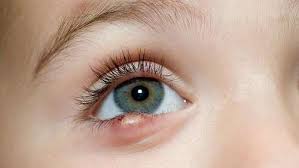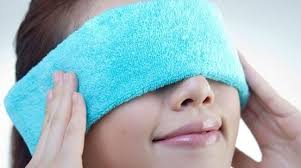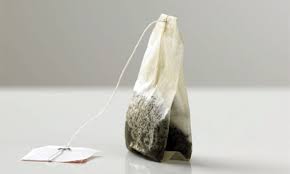Red and swollen lumps which appear close to the lashes, along the edge of the eyelid are known as eye styes. They can often occur under the eyelid and even inside the eyelid. Styes in an eye are very common affecting millions of people worldwide. They are not a serious medical condition but can be quite painful and irritating. A stye in eye can be treated at home. However, in certain cases, proper medical attention is required. Learn when to consult a doctor.

What Are the Symptoms of Styes in Eyes?
Common signs and symptoms of a stye in the eye are:
- Swelling of the eyelid localized in one place
- Presence of a lump on the top or bottom eyelid
- Redness
- Pain
- Tenderness to touch
- A burning sensation in the eye
- A scratchy sensation on the eyeball
- Eyelid crusting in its margins
- Presence of a mucous discharge
- Dropped eyelid
- Blurred vision
When to See a Doctor
Even though styes are harmless and can be treated at home, in certain cases, complications may occur, which requires a proper medical care and attention of an ophthalmologist. You should see a doctor,
- If the entire eye becomes red
- If there are vision disturbances
- If you have double vision
- If eyelashes fall out
- If the stye is located on the bottom eyelid, close to your nose
- If the eye gets swollen and shut
- If the stye starts bleeding
- If the white part of the eye turns red
- If a thick discharge and even pus drain from the eye
- If you have fever higher than 100.5 degrees Fahrenheit
- If you have persistent and excessive tearing
- If you have severe pain in the eye
- If the stye in eye reoccurs constantly, especially when reoccurring in the same location
- If you have swollen lymph nodes in the neck region and in front of the ear
What Causes Styes?
Styes usually occur from a chronic inflammation of the meibomian gland. These glands get inflamed due to a sluggish outflow of the sebum.
Other risk factors that contribute to the development of styes in eye are eye trauma, infections, burns, etc. Makeup among women, as well as, dust or other foreign substances are great contributors of stye development as they often clog the opening of the glands, leading to their inflammation. For this reason, it is very important to wash the face carefully and to remove the makeup.
How to Get Rid of a Stye
You can treat a stye at home in the following ways:
1. Warm Compress

Warm compress when placed over the affected eye will help dissolve any pus or oil collected, letting the stye drain naturally. When using a warm compress (wash cloth), make sure that the water is a lukewarm water, so you don’t end up with a burn. Gently place the washcloth over the affected eye for a couple of minutes. Repeat this process a couple of times a day until the stye in eye has disappeared.
2. Cleaning the Eyelid
Clean the eyelid with soap and water in order to remove any dust or foreign bodies from the eye which can contribute to the clogging of the meibomian glands. For this purpose, choose a baby shampoo mixed with lukewarm water. Use a washcloth or cotton swab to gently clean the eyelids by wiping them off. You can repeat this process daily until the infection has disappeared.
3. Tea Bag

Warm tea bag when placed over the affected eye can speed up the recovery. Make sure that the tea bag is not too warm so you don’t end up with a burn. For this purpose, it is best to use black tea as it has antibacterial properties and can reduce the swelling of the eye at the same time.
Gently put the warm tea bag over the affected eye for a couple of minutes. Don’t use the same tea bag for both eyes. You can repeat this process daily until your stye has disappeared.
4. Avoiding Irritants
Don’t use makeup or wear contact lenses. If you continue wearing makeup, you will irritate your eye even more, delaying the healing or making the condition even worse. There is also a great possibility that the infection will get spread to the other eye as well. Wash the brushes you use for makeup regularly and throw any cosmetic products for the eyes which you have used for more than 3 months.
Switch to glasses until the stye in eye has healed if you use contact lenses. While wearing contact lenses, the bacteria can get easily spread to other parts of the eye, making the condition even worse.
5. Medications
Acetaminophen or ibuprofen which you can get without a prescription can help ease the pain that often accompanies styes. If your pain gets worse go and see a doctor. Your doctor will probably prescribe antibiotic creams to treat the infection, or even give you steroids to reduce the swelling.
In certain cases, the stye can be drained professionally by your doctor in the office. This is especially necessary in cases when the stye is located on the internal part of your eyelid or if it is affecting your vision. Don’t try to touch, squeeze or pop a stye in eye by yourself.
